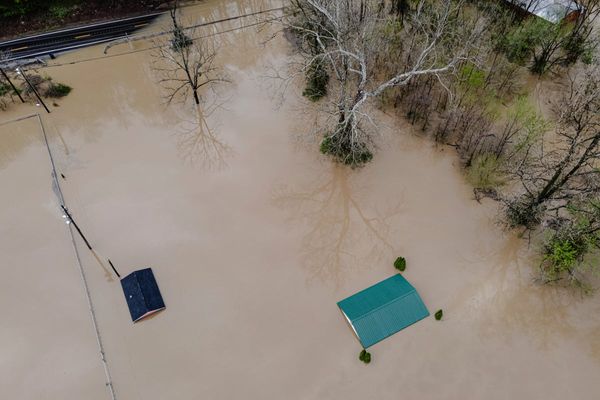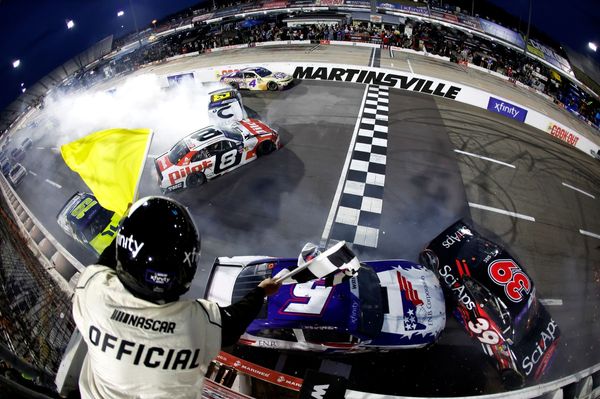
A mother who lost her four-year-old son in a pedestrian road accident wants to educate Australians so they don't experience the same heartbreak.
Michelle McLaughlin's son Thomas was struck by a car on the first day of their family holiday on the NSW Central Coast in 2014.
"The trauma of it, it's life-long. There's no escaping it," Mrs McLaughlin said.
"Every day of my life, I feel it and I remember it and I wish things were different."
Mrs McLaughlin channelled her pain to do what she calls Tom's work, starting the Little Blue Dinosaur Foundation with husband David to combat child road fatalities.
The vision of the non-profit education initiative is to achieve zero child pedestrian fatalities on Australian roads.
But despite safety campaigns, the numbers are far from zero, with almost one child killed in a pedestrian accident every week in Australia.
"It's a crisis," Mrs McLaughlin said.

To understand more, the foundation teamed up with the University of NSW Transport and Road Safety Research Centre to launch the largest study to date on why children are dying around our roads.
The two-year study analysed data from almost 400 child road fatality accidents between 2001-2019 and found that despite a slight drop in the 2000s, there was little evidence of change over that time.
"In a lot of the instances we reviewed over the period of the perennial data, particularly with the pedestrians ... there was inadequate adult supervision," Mrs McLaughlin said.
The study recommended better road design, signage, lighting and marking, as well as more education for drivers and children.
Mrs McLaughlin said the education aspect needs to be drummed in.
"You don't just do it and that's it. It needs to happen a couple of times a year or be talked about in the preschool or in the schools."
Low visibility and big cars were also noted as an issue, with a large number of children being killed in driveways despite the rise of reverse cameras.
"The study found that the fatalities involving forward-moving vehicles increased over the past decade, keeping the numbers of the driveway fatalities high," Mrs McLaughlin said.
"And it's really sad because in most cases where a fatality has occurred, the driver was the parent or carer, or someone who knew the child."
To have the best chance of bringing the fatality numbers down, adults need to supervise children as much as possible, Mrs McLaughlin said.
"We all know seatbelts need to be on, but we do need to know that children need their hands held right up to the age of ten," she added.
"And for the older ones, the 11 to 14 bracket, we certainly need to talk to them and educate them about being responsible pedestrians."
Over the holiday period, the foundation runs annual signage campaigns across Australia to give drivers a visual reminder that kids are more likely to be on the roads.
"Things get a bit mad near Christmas," Mrs McLaughlin said.
"More cars, more people, more risk."
Motor vehicle accidents are the leading cause of death for Australian children aged 11 to 14 despite being "almost entirely preventable".
"It's just everybody working together, really," she said.







